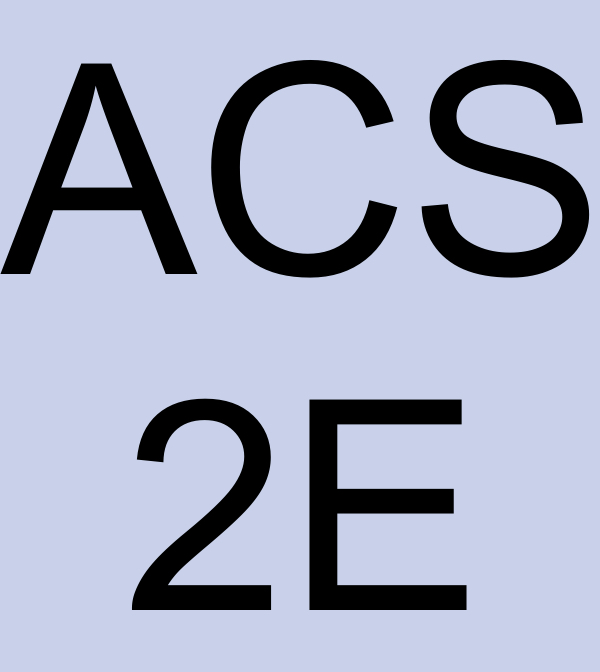Preview Activity 8.5.1.
(a)
Note that we can write \(g(x) = (1+x^2)^{-1}\text{.}\) Determine \(g'(x)\text{,}\) \(g''(x)\text{,}\) and \(g'''(x)\text{.}\)
(b)
In (a), you found that
\begin{equation*}
g'''(x) = \frac{24x - 24x^3}{(1+x^2)^4}\text{.}
\end{equation*}
What derivative rules would be needed to find \(g^{(4)}(x)\text{?}\)
(c)
Find \(g(0)\text{,}\) \(g'(0)\text{,}\) \(g''(0)\text{,}\) and \(g'''(0)\text{,}\) and use the results to determine \(T_3(x)\text{.}\)
(d)
Since the derivatives of \(g\) become so complicated, we consider a different approach to finding the Taylor series centered at \(a = 0\) for \(g(x) = \frac{1}{1+x^2}\text{.}\) We take advantage of the fact that \(f(x) = \frac{1}{1-x}\) has a Taylor series expansion we already know, and observe that \(f\) has an algebraic structure similar to \(g\text{.}\)
We introduce a new variable, \(u\text{,}\) and recall that
\begin{equation}
f(u) = \frac{1}{1-u} = 1 + u + u^2 + u^3 + \cdots + u^n + \cdots\tag{8.5.1}
\end{equation}
for \(|u| \lt 1\text{.}\)
(e)
How does our work in (d) compare to the formula you found for \(P_3(x)\) and suggest the Taylor series centered at \(a = 0\) for \(g(x) = \frac{1}{1+x^2}\text{?}\) For what values of \(x\) do you expect this series will converge? Why?

